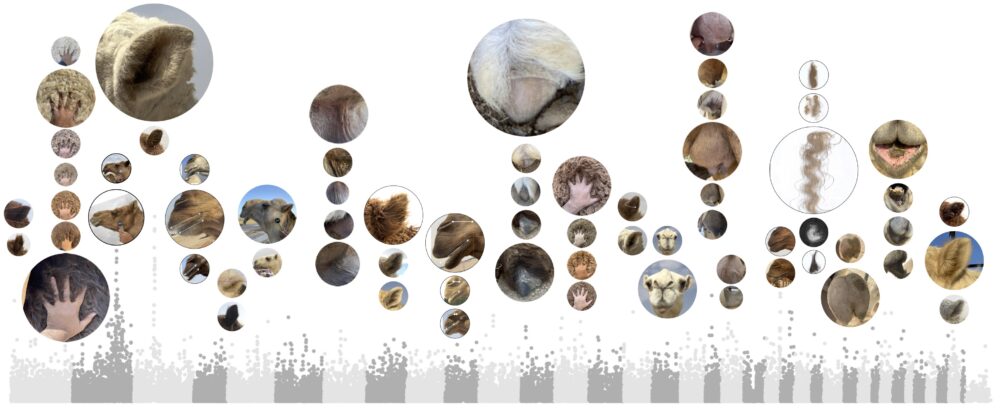Class time and location
Wednesdays 2:00-3:00 (Room: SCI-S Room 179)
* No self-evaluation
* No peer-evaluation
* No response to peer evaluation
* Absence
* No presentation
Participants:
- Sara Alsrayea./
- Raghad Alrefaei./
- Ali Garashi./
Seminar Topics: Medical Biotechnology.
HA selected examples:
-
Koch et al., Skin Tissue Generation by Laser Cell Printing.
-
Reiffel et al., High-Fidelity Tissue Engineering of Patient-Specific Auricles for Reconstruction of Pediatric Microtia and Other Auricular Deformities
-
Lee et al., Design and fabrication of human skin by three-dimensional bioprinting
Your presentation should include:
- Title, student name, course, presentation date-slide.
- Paper front page and abstract-slide.
- General info about the organism-slide(s).
- General info about the problem/goal of the study-slide(s).
- General description about the methods used-silde(s).
- Result (each figure or table in a separate slide).
- Discussion slide about the usefulness of the study.
- A final slide about your ideas/suggestions/ethical issues for implementing such studies in Kuwait.
To Do:
- Search for a biotechnology research paper that is related to the seminar topic and send a pdf to your instructor for approval.
- Make a powerpoint file named (YourName_501).
- Send a copy of your presentation a day before your actual presentation.
- Non-presenters should read the paper and prepare to engage in discussion.
- If it is possible, we will repeat the process with a second publication.
Useful files:
- Powerpoint presentation template ().
- Self evaluation template ().
- Peer evaluation template ().
- Response of peer evaluation template ().
